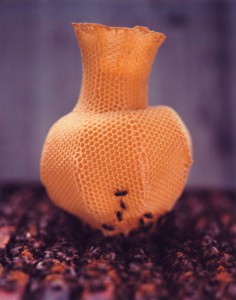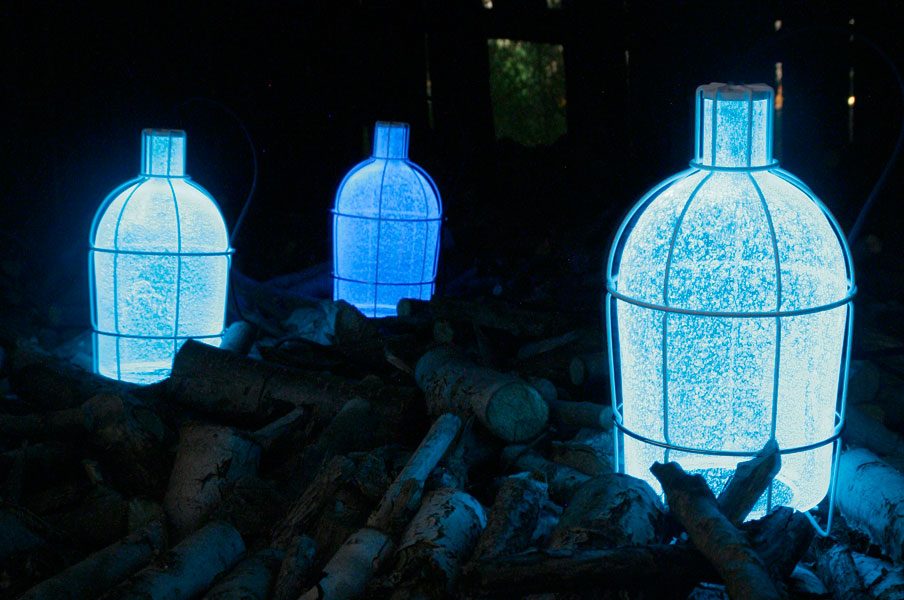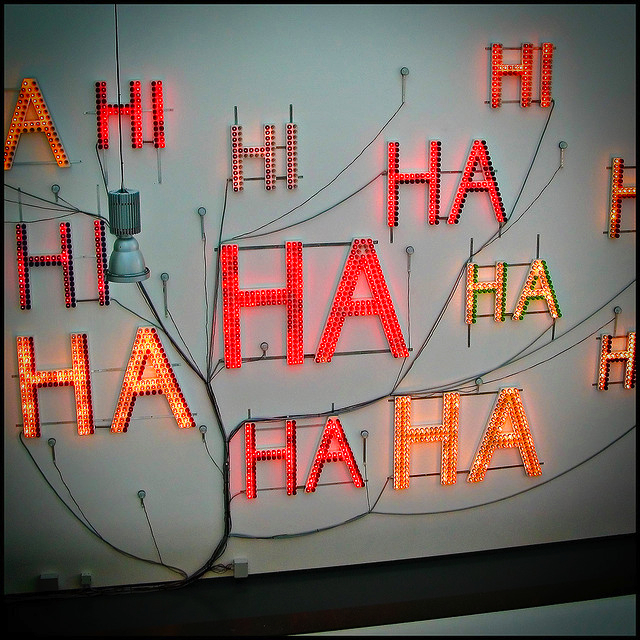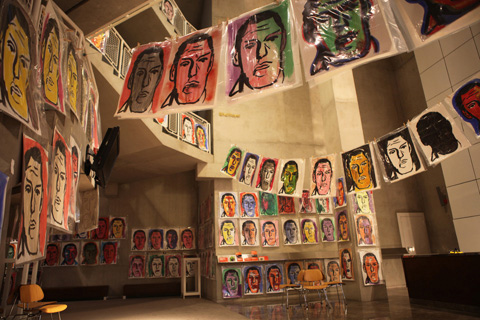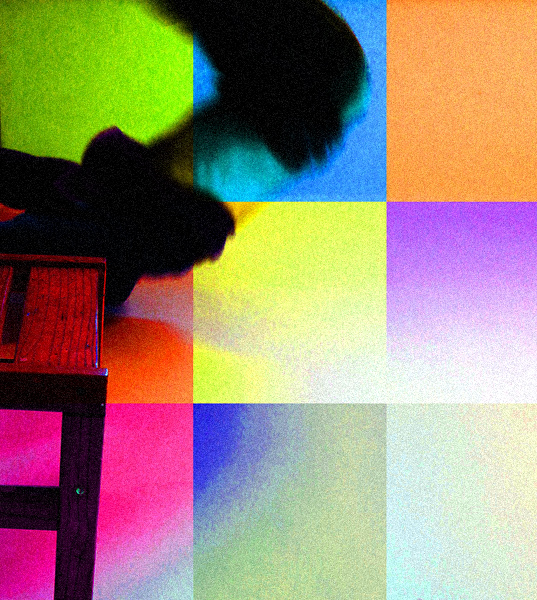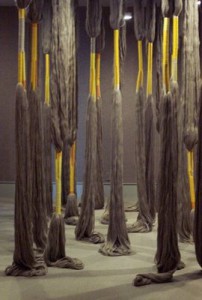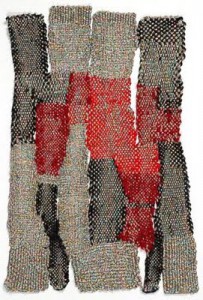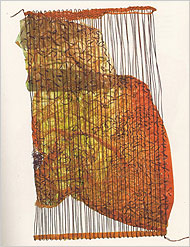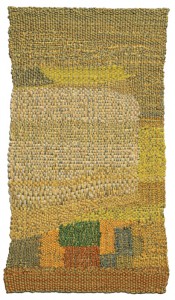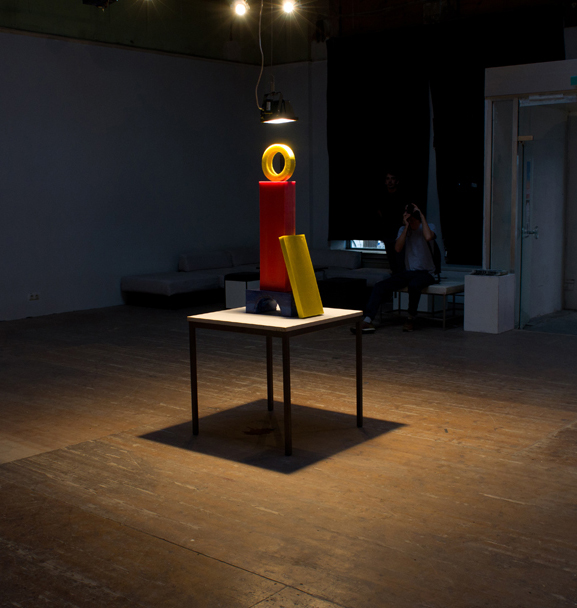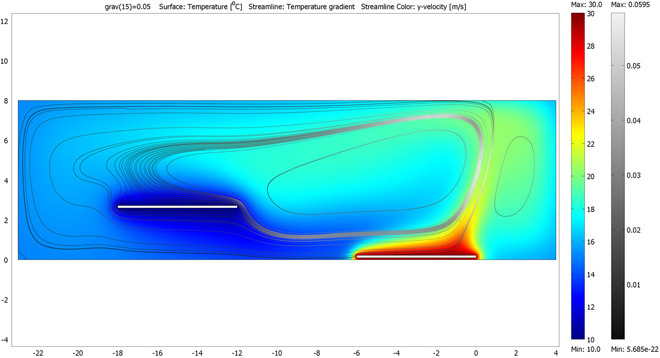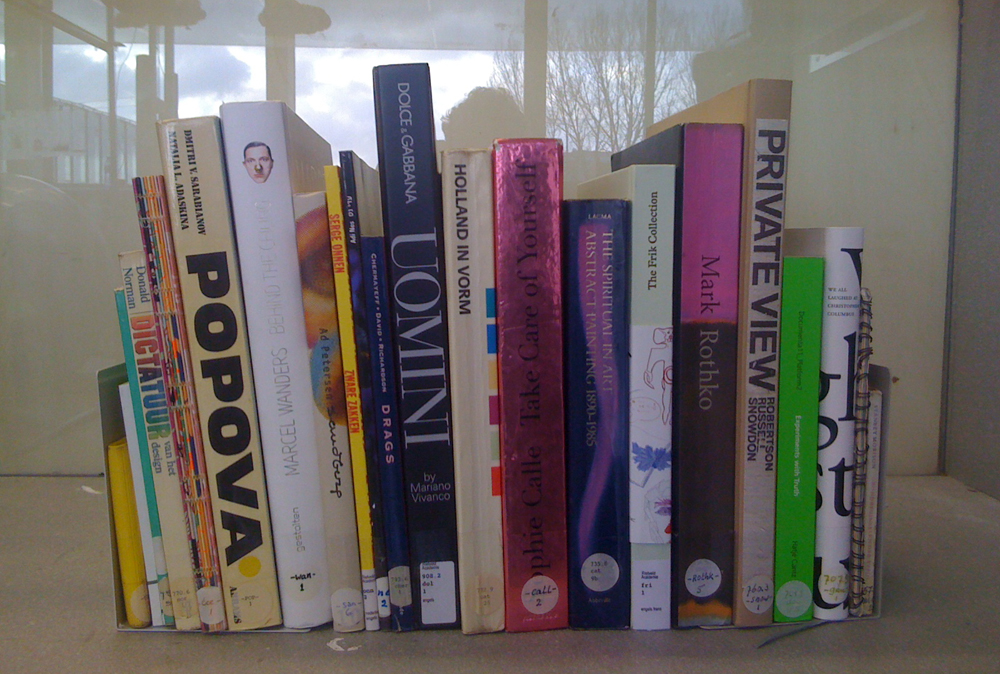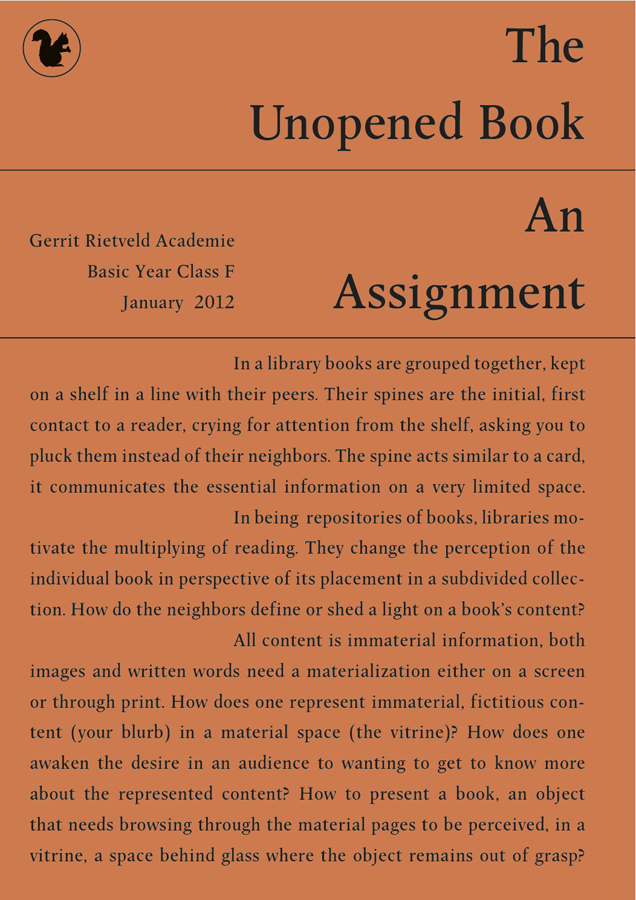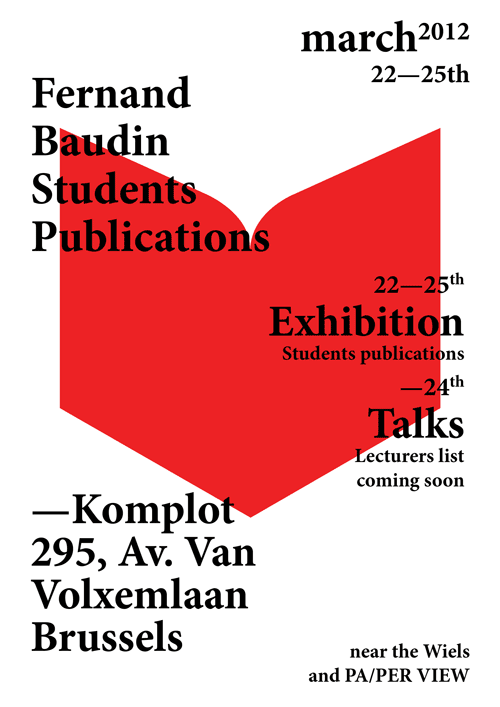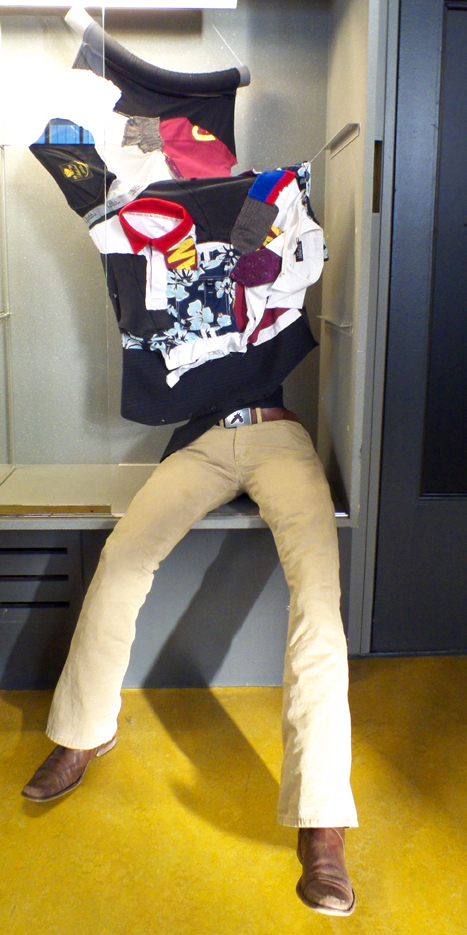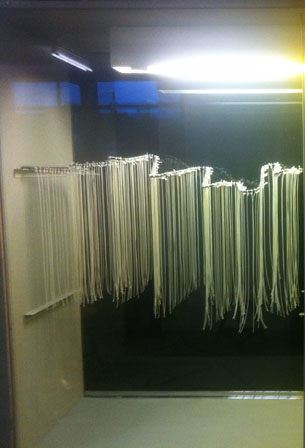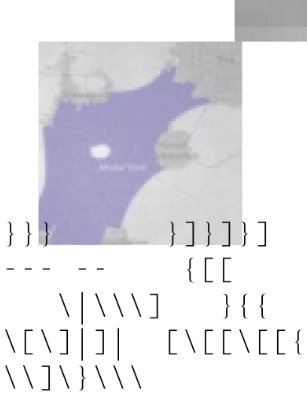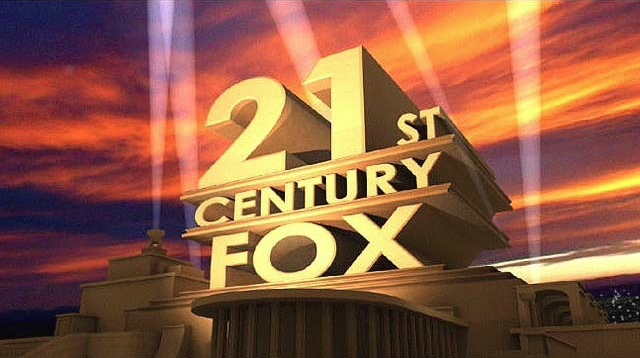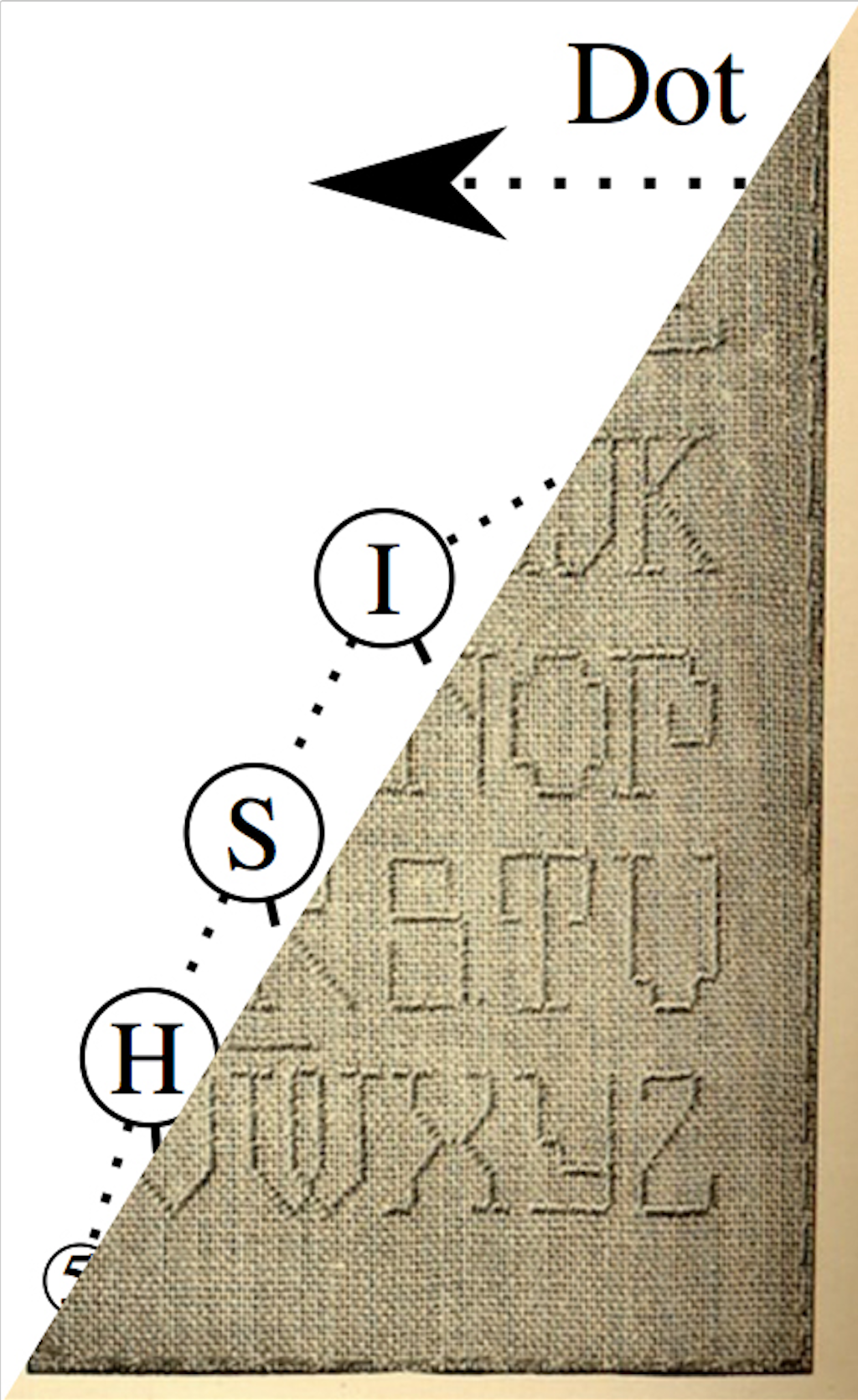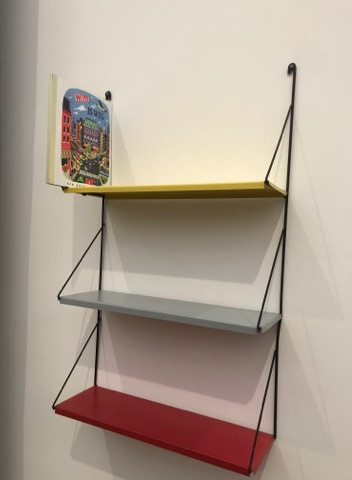These days there seem to be an ongoing battle; a destructive, and in many ways ignorant battle, between nature and technology.
Nature, as in our whole planet, with the various organisms living in it; the stars, the sky and so forth.Why does the technological world try to conquer what is, in fact, our source of life, and an ancient, mysterious and beautiful force of the unknown?
Maybe that is why –in today’s society– we don’t like to be left in the dark. We don’t like not to know, unexplainable things. There are, indeed factors to nature that we can neither explain nor understand at this moment.
I, myself, find that to be extremely comforting, and beautiful. I find myself constantly surprised by various factors in nature, and its mystical ways. To be assured of the fact that we actually don’t really know anything, do we?
There are these two designers in our midst today: Lonneke Gordijn and Ralph Nauta. Both graduated from the Design Academy of Eindhoven.
Lonneke Gordijn, a passionate beliver in the strength of nature, found the love of her life, and business partner, in the technological Ralph Nauta ; Together, they founded “Studio Drift”.
Studio Drift has a futuristic vision, which is truly beautiful, but nevertheless an ideal to strive for. This vision has peace and love written all over it, and is so idealistic that I felt like the world was all nice, and pink, and soft again after reading about it.
They believe in something most people have shoved under the carpet a long time ago, or haven’t even thought about at all.
They are curious about a future where the new technologies are constantly changing different aspects of our daily life, and also curiosity about how the evolutionary developments in nature and human culture will proceed.
Ralph Nauta and Lonneke Gordijn says that they are striving to find the perfect combination of knowledge and intuition, science fiction and nature, fantasy and interactivity. Their goal is to create a dialogue between the viewer and the objects created, embodied in tangible objects that refer to realities that are often impenetrable and difficult to understand.
Combining their two minds and fascinations, both their work and their minds ended up complementing each other, merging two good sides into an even greater unit. A great example of this is their design “Fragile Future” where you can question whether or not the nature is, in fact, THE technology?
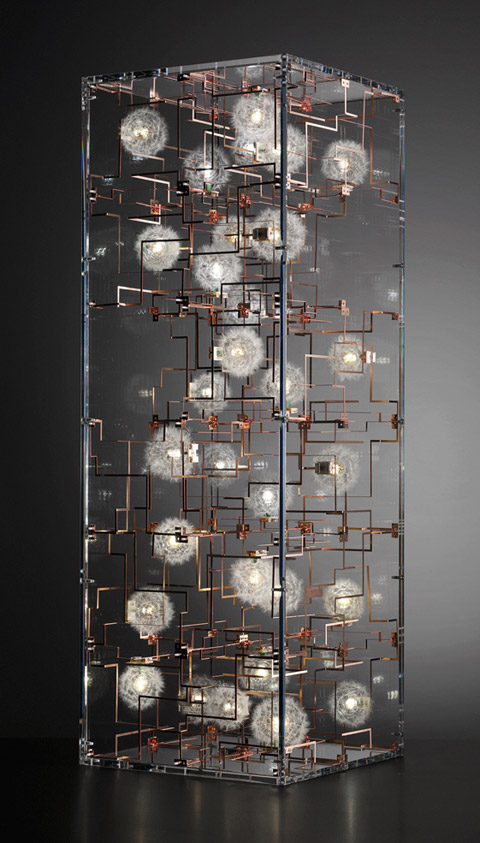
Creating with their vision ahead in the horizon somewhere, the vision of letting nature and technology complement each other instead of being in this restless, useless battle. Seeing how two people with quite opposite fascinations become a better one, than two separate poles gives me hope that they are in fact going to be able to open minds all over the globe; open eyes to see that war is not the answer to anything, no matter how innocent the war might seem.
My own opinion of the relations between nature and technology, is that these two are more closely linked than one might realize. If you look more closely, nature is in fact nothing more, and nothing less than highly advanced technology. All the organisms, the stars, the sky and so on, (as mentioned earlier,) are indeed a product of nature itself. For example, if you look at the snowflakes, fingerprints or the iris in the eye, you will find that these three creations of nature’s technology is an endless stream of astonishing, unique compositions far beyond what we have ever created with our technology!
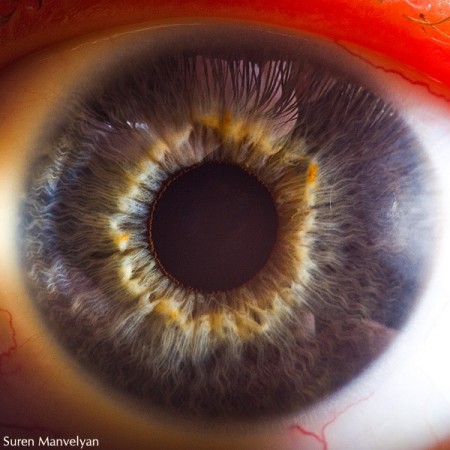
As the technology of nature has gone on for millions of years, and goes beyond the human ability to comprehend, a spiteful urge to compete appeared; human made technology appeared.
To some extent, we have “tamed” and defeated nature, to fulfill our own selfish needs for luxury
Although this development is increasingly polluting nature, we keep wanting more, craving even more of something unnatural. Human made.
Nature might seem to be in danger, and constantly being harmed by the footprints made by the human race, but this is only partly true!
Today we are so cocky and confident that we allow ourselves to think we have the ability to eventually destroy nature, which is a thought that scares us all, but is it true? – I believe not!
Nature is, has been, and always will be a sustainable, reincarnating force that is too robust for us to destroy. We might be able to change the planets environment, but nature is still evolving in its own way, despite of the destructiveness forced upon it. It is truly highly adaptable, and might eventually show us that “survival of the fittest” will be, not only a saying, but also a fact. If we don’t take care, if we don’t stop the narrow mindedness, the selfishness and the urge to be God,
we might end up being the ones terminated by nature while trying to change the path into what we think is right.
An excellent author dealing with these thoughts and issues, Gert Nygårdshaug, has written a few books that are worth reading, like “Mengele Zoo”, and “The pool of Aphrodite”.
Why not take a step back, breathe, show a little humility to “the elders”[x]; our source of life?
The human kind is not essential for this planet, and certainly not our technology. At some point this has to be realized, and changes has to be made. Letting go of the great ego for something even greater. Life itself.
Now; I am not naive nor the biggest believer in the human mankind. Of course I don’t see us taking a break from developing new technology in order to stop and “smell the flowers”, but with designers like Ralph Nauta and Lonneke Gordijn I feel hope.
Hope that they might be able to spread a little more awareness amongst us, and start this thinking process in people that haven’t been thinking in this way before. Hope that more people will feel inspired to nurture the bond between the two [x], rather than the separation of them.
It’s amazing how far you can get, just by setting a simple seed in the ground; a simple thought in one’s mind. It might grow into a whole new forest.
Interested in more contributions on the subject of nature in technologie or vice versa check the project "Beauty in Science"

